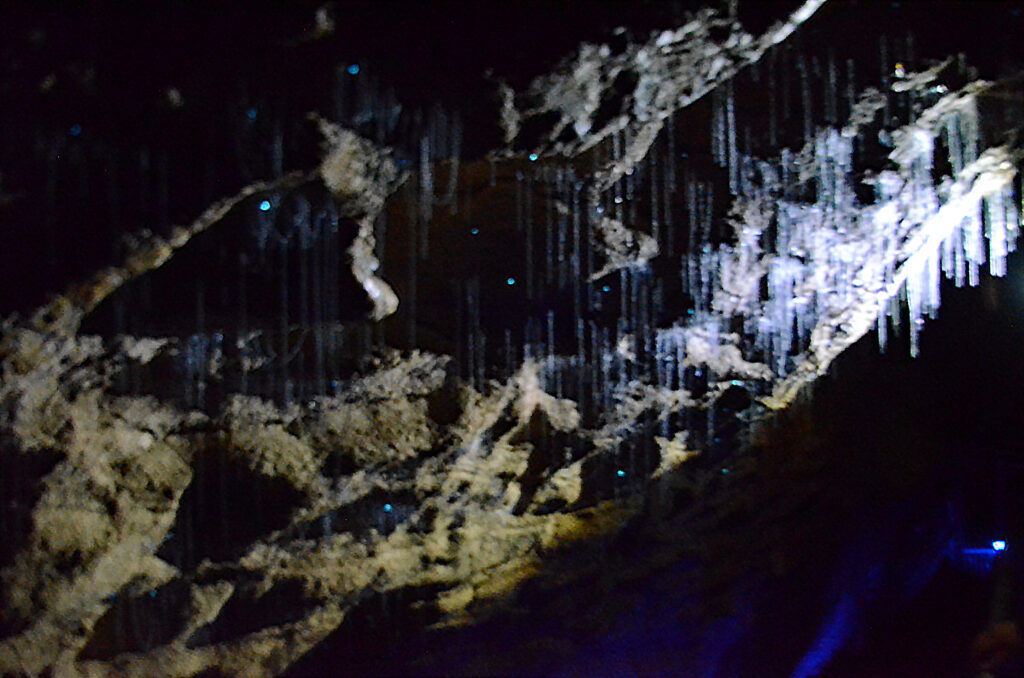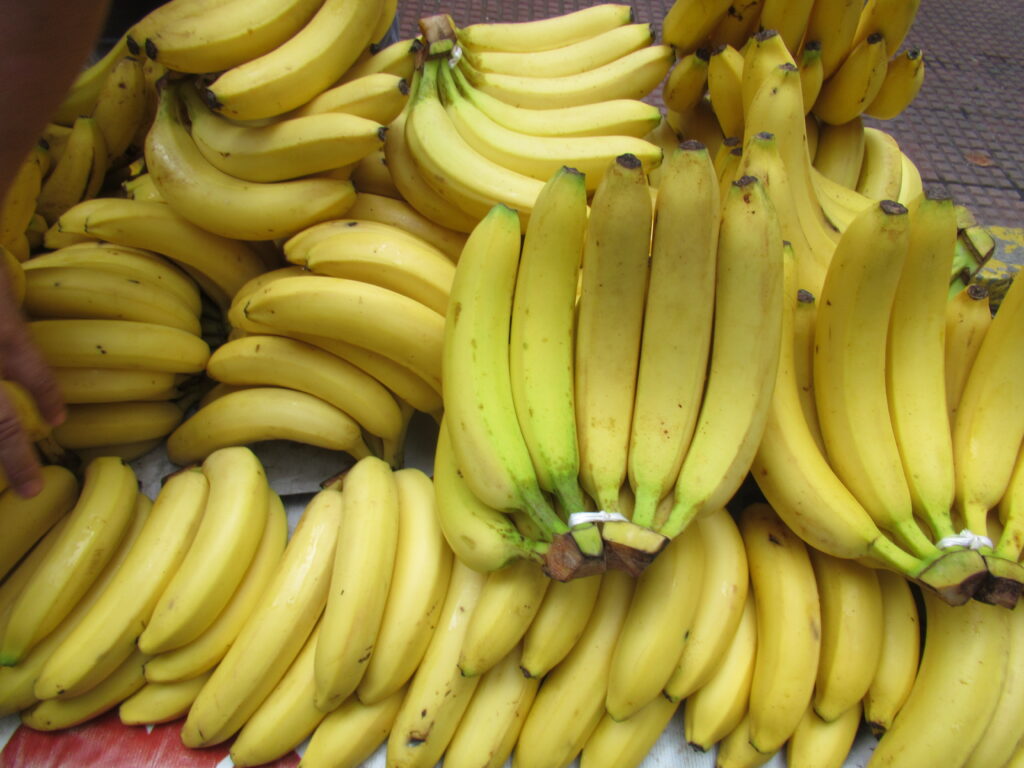The Amazon rainforest, often described as the Earth’s lungs, remains one of the planet’s most mysterious and least explored regions. Despite its grandeur and ecological significance, much of the Amazon’s dense core is shrouded in mystery, holding secrets that scientists are only beginning to uncover. This article delves into the depths of the Amazon, highlighting the vast unknowns that continue to intrigue researchers and adventurers alike.
Understanding the Amazon’s Immensity
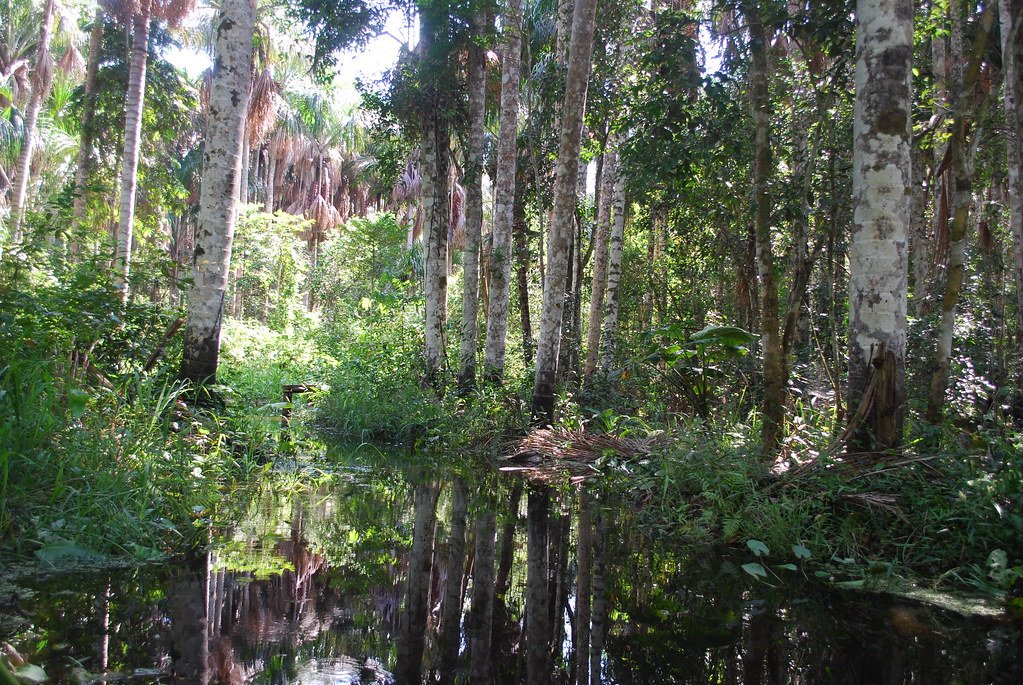
The Amazon rainforest spans over 5.5 million square kilometers, covering parts of nine countries in South America. It’s difficult to comprehend the sheer scale of this vast ecosystem, which houses an estimated 390 billion individual trees. This immense area creates numerous logistical challenges for researchers attempting to study its depths, leading to many areas remaining unexplored.
The Challenge of Dense Canopy Cover
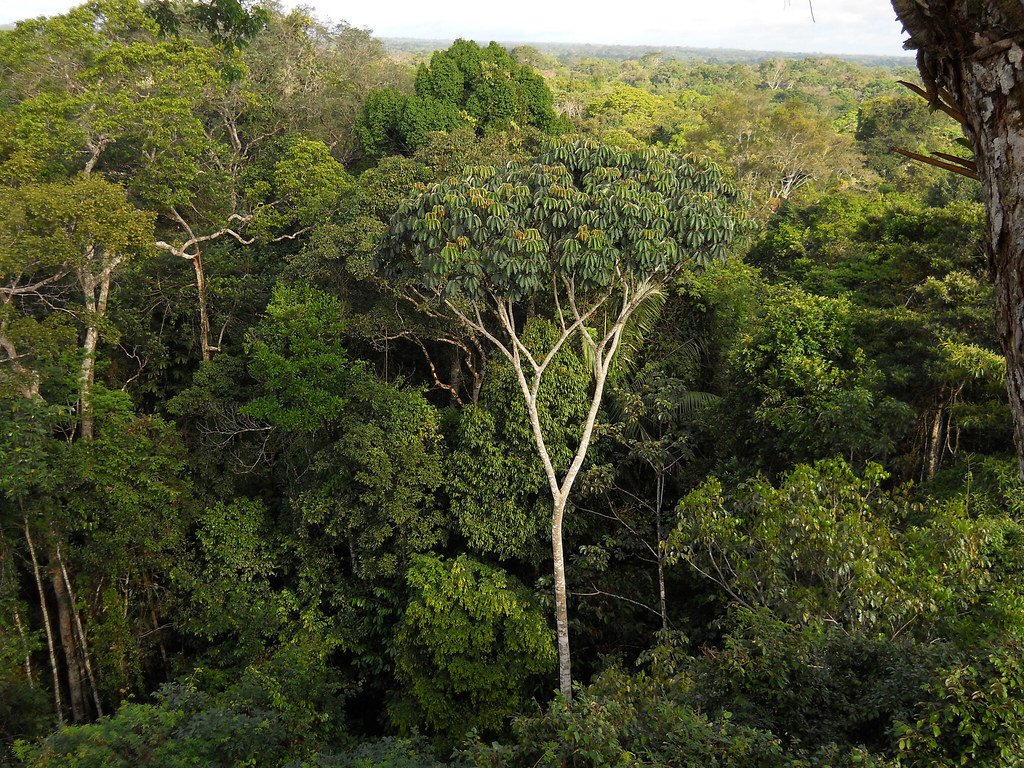
The Amazon’s thick canopy is both a protector and an obstacle. While it shields the life beneath from the harsh rays of the sun, it also conceals its secrets from satellites and aerial surveys. This natural barrier has made it difficult for scientists to map the forest fully and accurately, leaving large areas of the Amazon in the domain of the unknown.
Uncharted Waterways

The Amazon River basin is vast, with numerous tributaries crisscrossing through the rainforest. Many of these waterways remain largely uncharted, harboring undiscovered species and unique ecosystems that have evolved in isolation. The elusive nature of these rivers and streams poses significant challenges in understanding the aquatic life of the Amazon.
Undiscovered Species

Home to an astounding level of biodiversity, the Amazon is believed to house millions of species, many of which have yet to be discovered. Estimates suggest that there may be hundreds of thousands of plant and animal species still unknown to science. Every year, new species are documented, demonstrating just how much is yet to be learned about the Amazon’s wildlife.
The Enigma of Lost Civilizations
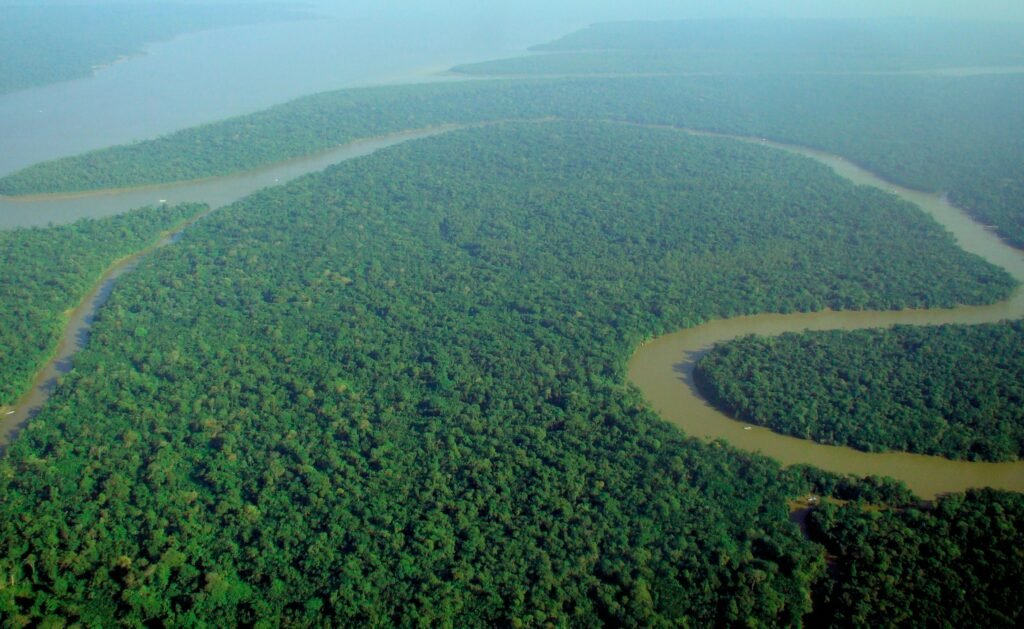
While widely thought of as virgin forest, archaeological discoveries have revealed that the Amazon was home to sophisticated ancient civilizations. The remnants of vast earthworks, known as geoglyphs, suggest that large societies once thrived there. However, the extent of these civilizations and their impact on the landscape remains one of the great unsolved mysteries.
The Depths of the Amazon Soil
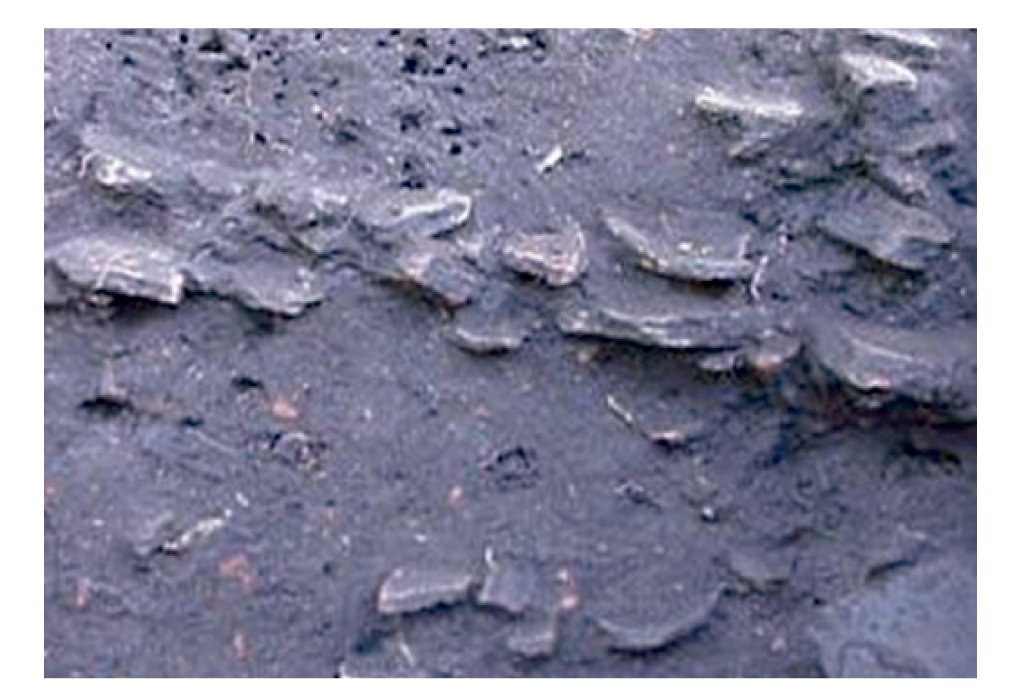
Amazonian soil, often referred to as Terra Preta or “black earth,” is a man-made soil found in various areas throughout the basin. This soil’s nutrient richness defies the typical impoverished quality of tropical soils, indicating advanced agricultural practices by ancient peoples. Understanding the secrets of Terra Preta could unlock sustainable farming techniques vital for future generations.
Climate Change Implications

The Amazon plays a critical role in global climate regulation by absorbing massive amounts of carbon dioxide. Yet, climate change and deforestation pose significant threats to its existence. Understanding how these factors impact the rainforest’s capacity to act as a carbon sink is crucial in the fight against global warming.
Indigenous Knowledge
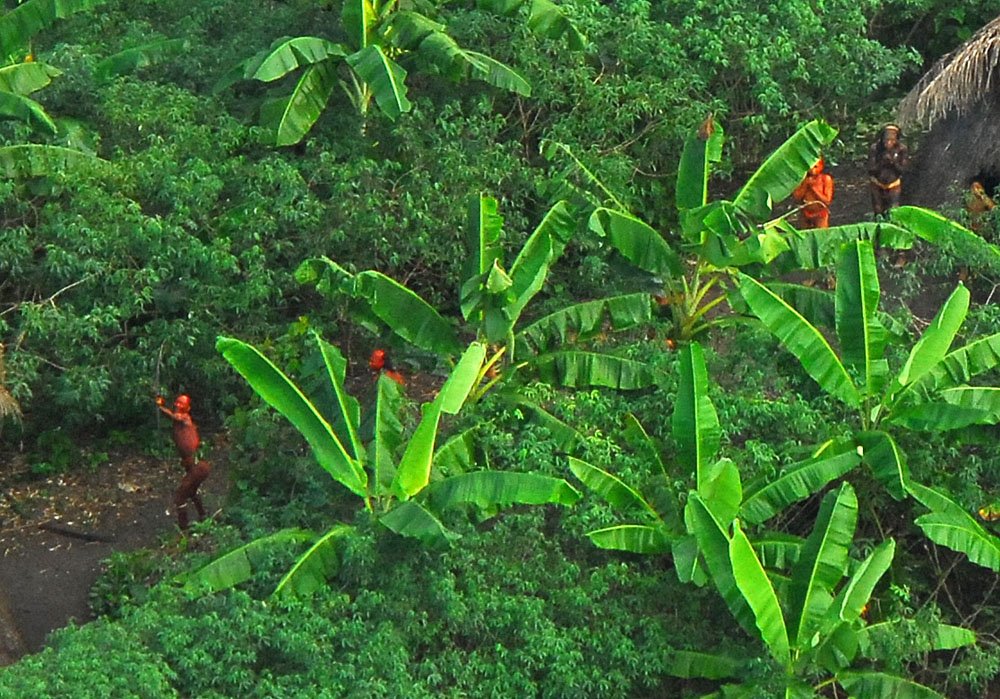
The Amazon is home to many indigenous tribes, each possessing unique ecological knowledge passed down through generations. These communities hold valuable insights into sustainable living and the intricate workings of their environment, yet much of this knowledge remains untapped by modern science.
Ecological Interconnections

The complex web of life in the Amazon relies on a delicate balance between species, many of which perform essential ecological functions. The full extent of these interconnections and their implications for biodiversity and ecosystem stability are still areas of active research.
Studying Canopy Biodiversity

The canopy of the Amazon is a world of its own, teaming with life distinct from that on the forest floor. Scientists are only beginning to explore this vertical biodiversity and its role in the larger forest ecosystem. Discoveries here could reshape our understanding of life in the tropics.
Role of Fire

Fire has both destructive and beneficial roles in ecosystems worldwide. However, the impact of forest fires in the Amazon and their frequency are not well understood. Studying these patterns is crucial in predicting future trends and conservation strategies.
The Mysterious Fungi
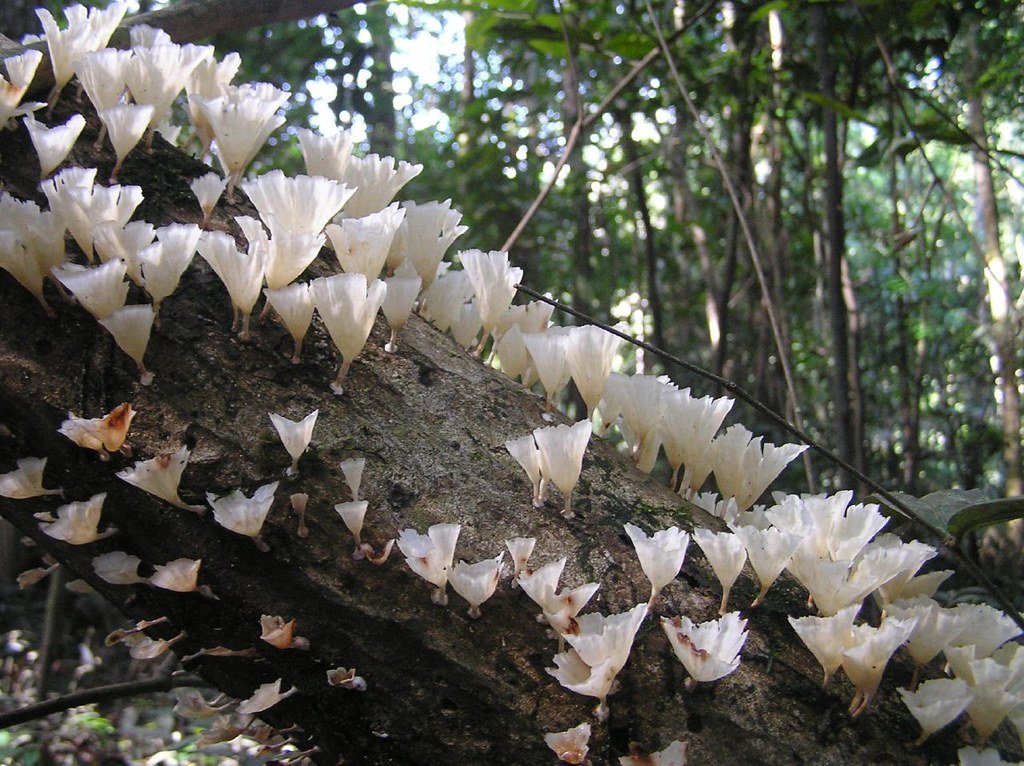
Fungi in the Amazon possess remarkable capabilities, from decomposing organic matter to forming symbiotic relationships with plants. These organisms remain largely unexplored, holding keys to pharmaceutical breakthroughs and insights into ecosystem processes.
The Sound of the Amazon

The soundscape of the Amazon is a cacophony of life, but understanding these acoustic signals goes beyond just knowing the creatures that produce them. These sounds are indicative of ecological health and diversity, offering vital data for conservation efforts.
Technology’s Role in Exploration

Advancements in technology, such as drones and satellite imaging, offer new ways to explore the Amazon’s depths. These tools are instrumental in accessing previously unreachable areas and conducting more comprehensive studies, facilitating discoveries at a pace never before possible.
The Intrigue of Dark Waters

Some of the Amazon’s water bodies, known as “blackwater” rivers, derive their name from the tea-like color of the water. The acidic water and unique chemistry of these rivers support different types of biodiversity, presenting a unique field of study with many unknowns.
Paleoclimates and the Amazon
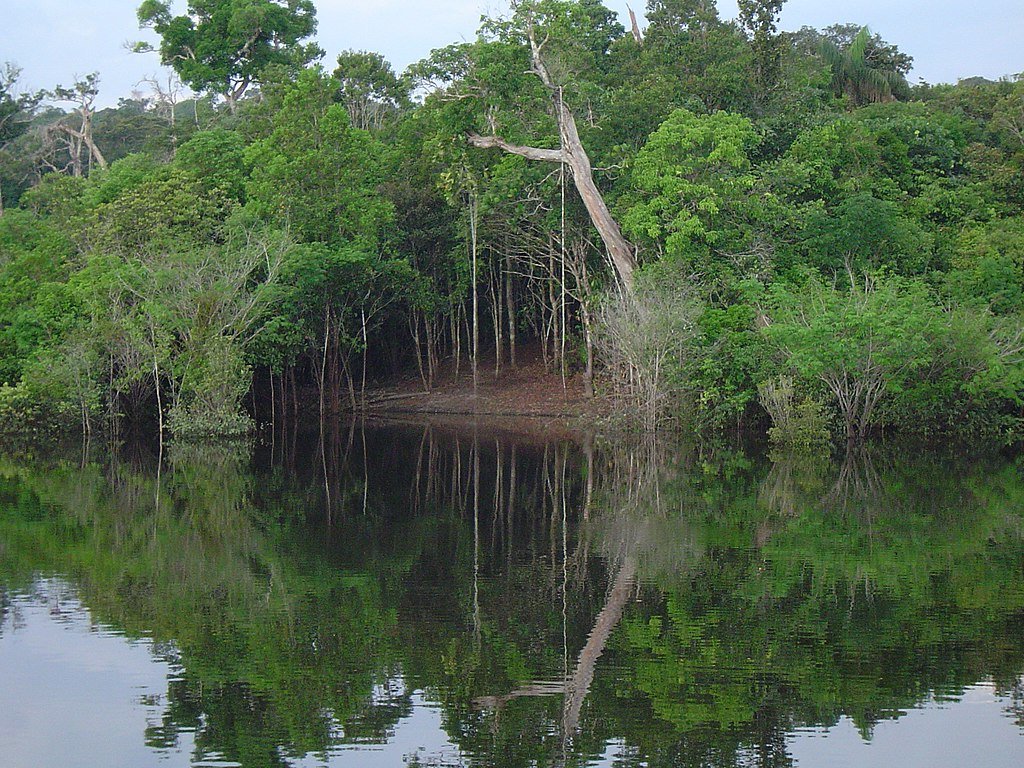
Understanding the Amazon’s historical climate patterns can offer insights into how this vast ecosystem has adapted over millennia. This historical perspective is crucial in predicting how the rainforest might respond to future climate change challenges.
Conservation Challenges
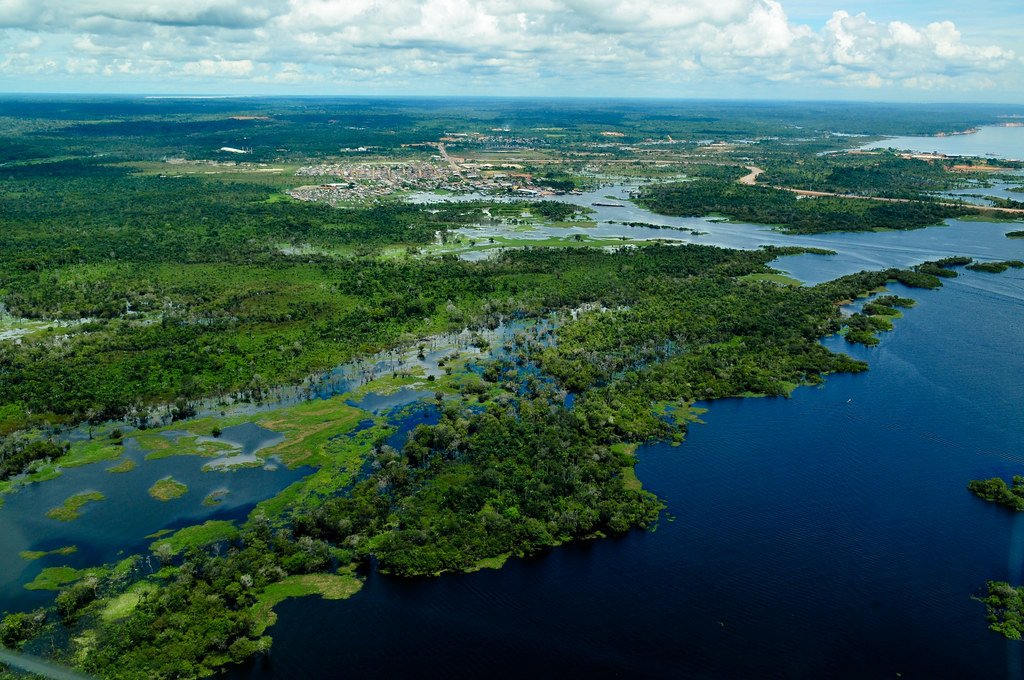
Conserving the Amazon is fraught with complexities, from combating illegal logging to managing conservation politics. The path forward requires an integrated approach that balances ecological preservation with the needs of local communities and global interests.
The Legacy of the Amazon

The Amazon’s legacy is more than just environmental; it is a cultural and historical treasure. Protecting its depths and unlocking its many mysteries is a global imperative that ensures the Amazon remains a thriving center of biodiversity and culture for future generations.
Conclusion
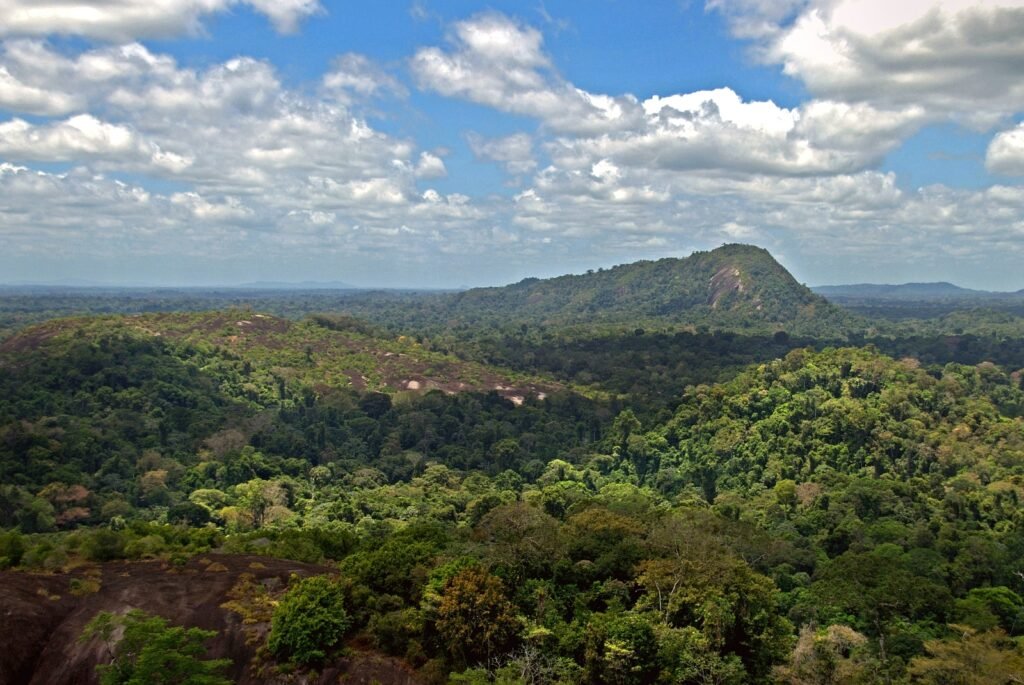
Despite centuries of exploration and study, the Amazon remains an enigmatic wilderness full of secrets waiting to be revealed. From uncharted ecosystems and undiscovered species to mysteries of ancient civilizations and climate change implications, much of what lies in the deepest parts of the Amazon has yet to be uncovered. As science and technology advance, so does our understanding of this critical ecosystem. Yet, the urgency to protect it has never been greater. The Amazon’s future depends on our collective efforts to balance exploration and conservation, ensuring its mysteries continue to intrigue and inspire for generations to come.


